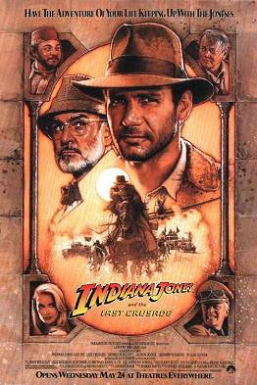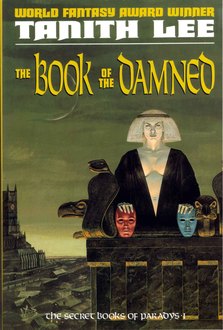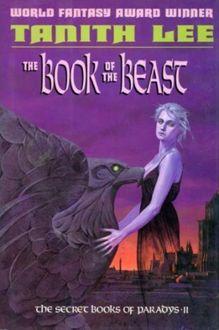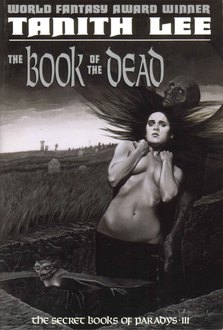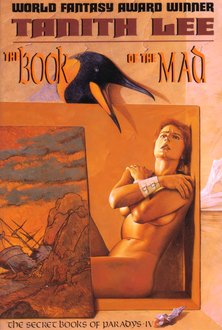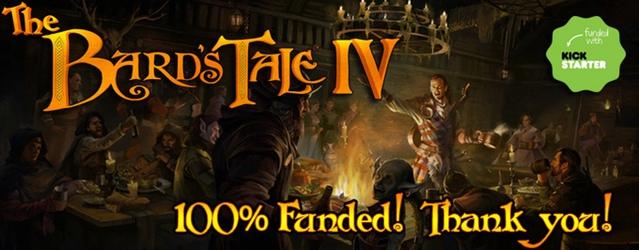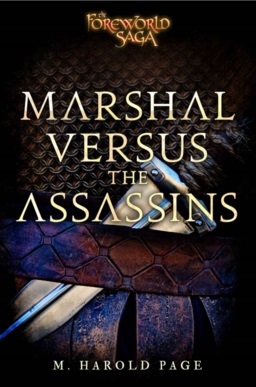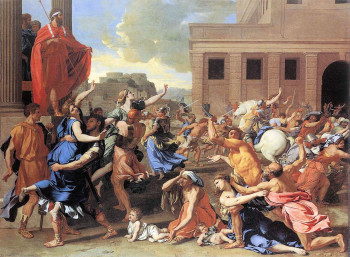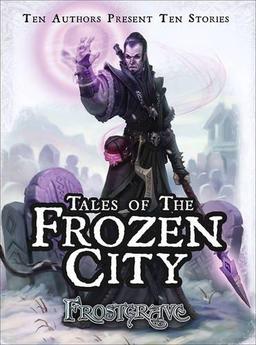Goth Chick News: 31 Shades of Malcolm McDowell
 You know how some people talk about seeing something that scarred them for life?
You know how some people talk about seeing something that scarred them for life?
I mean really scarred – like way worse than any episode of My Strange Addiction, or “casual Friday” in the Black Gate offices in July.
This happened for me in my early teens when during a sleepover, my friend snagged her Dad’s secret, “unrated” copy of Malcolm McDowell in Caligula.
Though I’ve seen things since that could be categorized as “more disturbing,” nothing has come close to those vomit-inducing scenes burned into my 14 year old retinas.
Of course, as you probably guessed, in the coming years I got seriously busy seeking out every bit of cinema that McDowell had ever done and eventually found my way to Cat People and A Clockwork Orange. If you only know McDowell from Star Trek or Entourage, you definitely need to check out his earlier work.
It takes a special talent evoke an audience’s gag reflex with that much panache.
So it really came as no surprise that today, Rob Zombie’s Facebook page made the following announcement.
